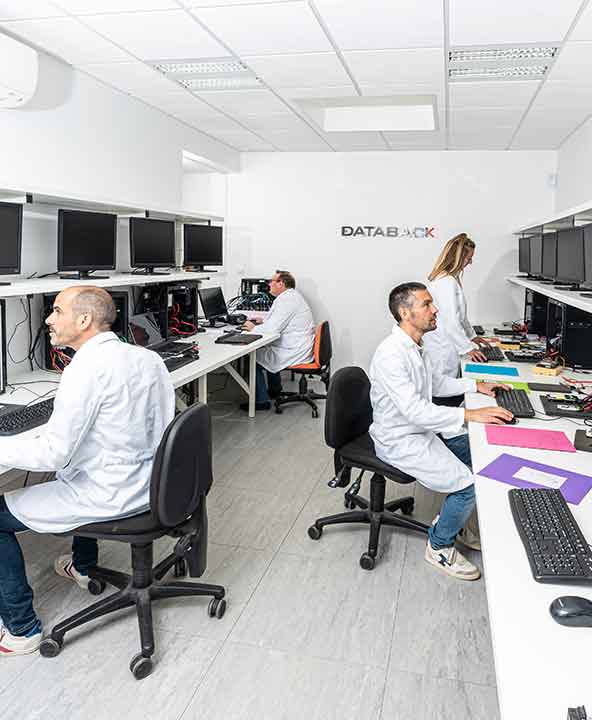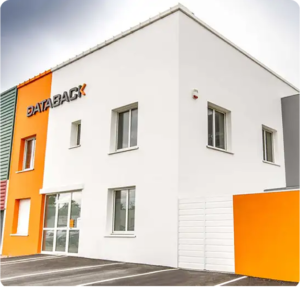
RAID 5 operating principle: striping and parity
The RAID 5 system combines data storage by striping (or disk interleaving, like RAID 0) and the distribution of parity information. According to the striping principle, data is divided between blocks of the same size, distributed by stripe across all the disks in the system. However, in RAID 5, data is not distributed across all disks, as each stripe contains a parity block.
During write operations, the value of this parity block is calculated from the other sectors, in this case those containing data, on the stripe. For a RAID 5 consisting of N hard disks, each stripe is therefore made up of a parity block and N-1 data blocks. In addition, these blocks are distributed in a circular fashion, so that the parity blocks are not concentrated on a single disk in the cluster.
RAID 5 requires an array of at least three hard disks, preferably with the same storage capacity. Due to parity blocks, the usable capacity of RAID 5 is equal to the size of the smallest disk in the array, multiplied by N-1. While its read performance is comparable to that of RAID 0, its write speed is reduced by parity calculations. RAID 5 is therefore better suited to database processing or small data sets.


















